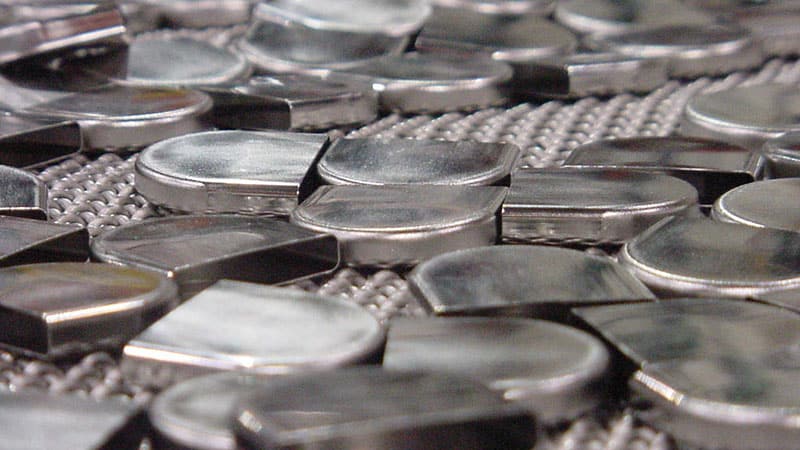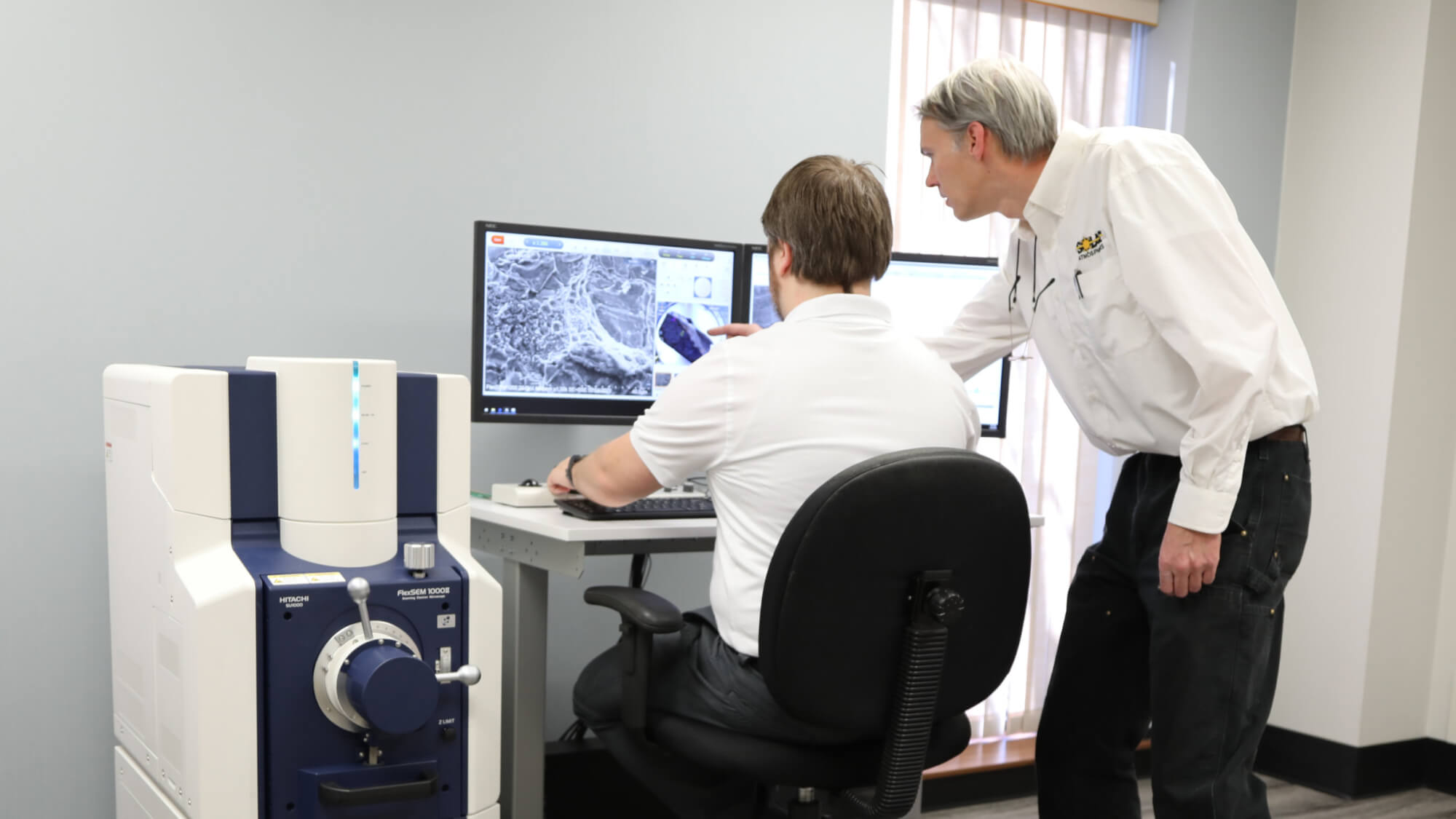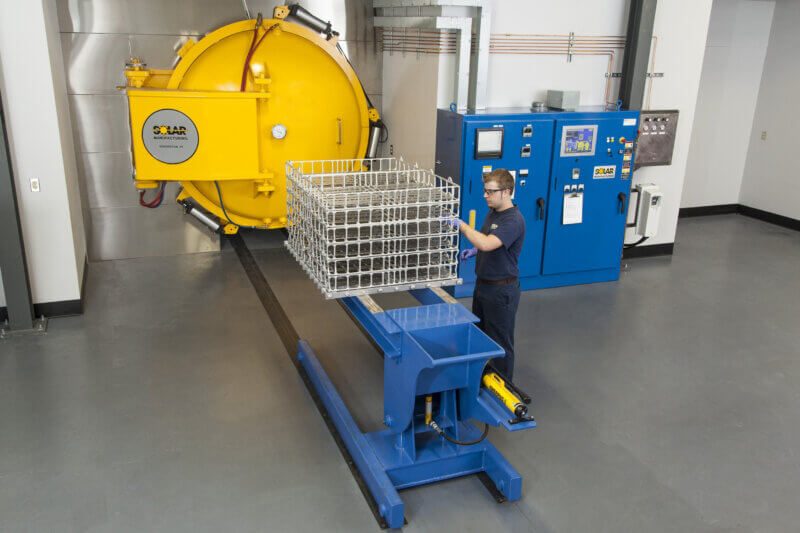CALL: 1-855-WE-HEAT-IT
Ask the Expert: Solar Atmospheres’ Vice President of Sales Answers Questions About Magnetic Annealing
 1. I have a requirement for magnetic annealing, what is the purpose of this process?
1. I have a requirement for magnetic annealing, what is the purpose of this process?
Magnetic annealing is performed to increase the magnetic permeability of certain materials. The annealing process removes residual strain from the manufacturing process and recrystallizes the material. This maximizes the metal’s properties as an effective magnetic shield, or to ensure the material will magnetize easily (low coercivity) then demagnetize easily (low remanence) in a magnetic solenoid device.
2. Do I perform the magnetic annealing process before or after machining operations? I would like to anneal the raw material then machine afterwards for ease of manufacturing.
Since one of the main reasons of the magnetic annealing process is to reduce strain from the manufacturing process, optimum properties are always achieved after all other manufacturing processes take place. Challenges are then encountered in the fixturing of components during annealing due to finished surfaces being present. Challenges may also be present during post-anneal handling and packaging/shipping. This is due to the material’s loss of relative strength and increased ductility. Choose a heat-treat supplier that is versed in magnetic annealing and they will be able to partner with you to solve these challenges and mitigate the inherent risks.
3. What is the ideal type of furnace for magnetic annealing?
Historically a hydrogen atmosphere furnace was preferred for magnetic annealing. This method prevents surface oxidation that would need to be mechanically removed prior to service. A hydrogen atmosphere is also reducing and can improve the material’s properties by degassing certain undesirable residual elements from the base metal. Of course, hydrogen is very reactive and there are considerable safety concerns with this type of furnace/method. In modern manufacturing scenarios a vacuum furnace utilizing a hydrogen partial pressure is widely chosen as it is safer than a full hydrogen atmosphere, prevents surface oxidation, and is an effective reducing atmosphere.
4. I just received my parts back from magnetic annealing and the parts have a crystalline appearance. Should I be concerned?
No, this is what you want to see! This appearance means the parts are “thermally etched” and the strain that occurred at the grain boundaries during the manufacturing process is effectively relieved. This also means the atmosphere controls that were in place during the annealing process proved to be correct and effective. This appearance is not always evident based on the alloy and required annealing process, however, in this case it is an indicator of a quality magnetic annealing process.
For more information: https://solaratm.com/vacuum-heat-treating/annealing
And featured in Today’s Medical Developments: https://www.todaysmedicaldevelopments.com/article/questions-about-magnetic-annealing-solar-atmospheres-ask-the-expert



